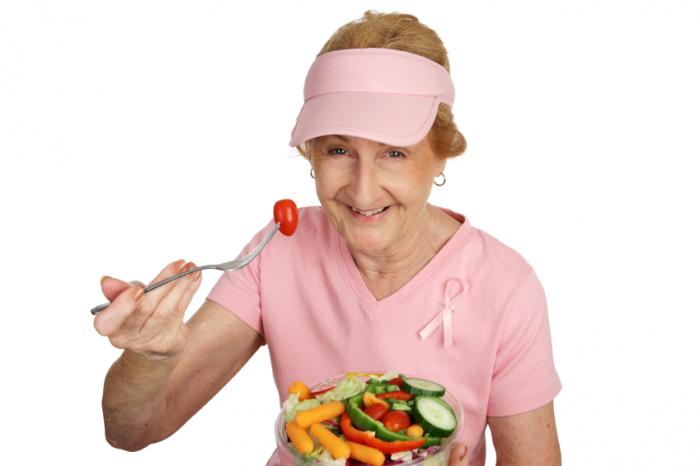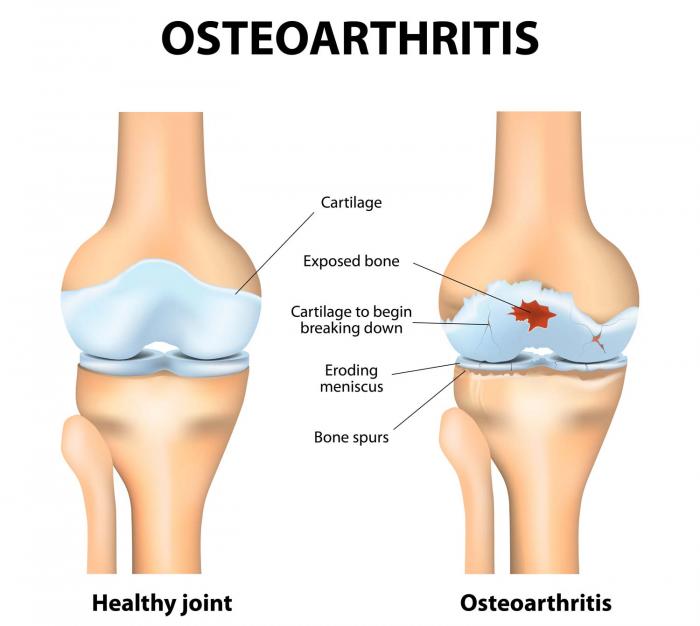Knee pain is a common condition that can be caused by both short-term and long-term problems.
Many short-term knee problems do not need any help from doctors and people can often help with their own recovery. Home remedies can also help with many of the long-term problems with knee pain.
Contents of this article:
- Home remedies for knee pain
- Pain at the front of the knee
- Causes of knee pain
- When to see a doctor about knee pain
Home remedies for knee pain
The following are simple remedies that can help with many forms of knee pain.
Exercise

Strengthening certain muscles like the quadriceps can ease pain in the knees.
Exercise helps to slow the progression of osteoarthritis, a common cause of knee pain. Physical activity is important to the normal health of cartilage tissue.
Exercise is also good for strengthening the body’s support for its joints. For the knee, strengthening the leg muscles is particularly helpful.
Water aerobics is especially helpful for joint pain. This is because the benefits come without any strain on the knees.
Posture and support
Simple measures to avoid putting strain on the knee include avoiding chairs that are low to the ground or couches in which the sitter “sinks.” Sitting on a pillow may help with this. Putting a pillow underneath the knees can make the problem worse, however. A good sitting posture is also important.
Shoes that are supportive are helpful. Shoes with broken arches may produce abnormal force and wear on the knee causing pain.
Long periods without moving should be avoided. In osteoarthritis, for example, prolonged sitting can produce a stiff, painful joint.
Weight loss and diet

A healthy diet helps people to keep weight off and ease pressure on the knees.
People who are overweight or obese are more likely to have knee pain than others.
Carrying extra weight gives the joints more work to do. Losing it helps to reduce long-term knee pain, including pain caused by arthritis.
Eating well helps with keeping weight off. A healthy diet means a balanced one that is:
- Low in fat
- High in fruit, vegetables, and fiber
- Avoids lots of meat and animal fat
There are no special diets that are particularly good for knee pain or arthritis. It may do more harm than good to follow a diet being promoted for knee pain.
Strengthening exercises
Physical therapists can help work out the best exercises and programs for an individual to follow.
Exercises to strengthen the muscles in the upper leg can help to protect the knee joint. Known as the quadriceps muscles, these muscles are at the front and sides of the thighs.
Simply raising a straightened leg while sitting or lying down is an exercise that will strengthen these muscles and help them to stabilize the knee.
Other exercises that might reduce knee pain include stepping – putting one foot up on a step followed by the other, stepping down again, and repeating the step-ups.
Alternative and complementary remedies
Acupuncture might help some people against some forms of pain. For osteoarthritis in the knee, however, it is unclear if it has any benefit or not. Massage may relieve pain.
Healthy eating, exercise, reducing overweight and obesity, and taking non-steroidal anti-inflammatory medications remain the proven options for knee pain caused by arthritis.
A warmer climate is not thought to improve knee pain itself, but may make living in pain psychologically easier. It may also provide easier opportunities to achieve a more healthy lifestyle.
Pain at the front of the knee
Pain at the front of the knee is one of the most common aches and pains. It is second only to lower back pain – around a quarter of people will get it at some point in their lives.
It commonly affects teenagers, especially young female athletes. It is the most common overuse syndrome in sportspeople.
Most cases of front knee pain are injuries from overuse, or from poor preparation for exercise. The problems usually go away on their own, and sporting activities can resume after the pain subsides.
The pain varies but tends to:
- Be a dull ache that starts gradually, and is linked to activities
- Produce clicking or other sounds
- Come on when going upstairs, or when getting up after a long time sitting, squatting down, or kneeling
- Produce a weakness in the legs
Recommended treatments for front knee pain include:
- Stopping the activities that trigger it until it is resolved
- Applying ice when the knee is painful
- Taking over-the-counter pain relievers such as ibuprofen or naproxen
- Using strengthening exercises
Causes of knee pain
The following are some of the most common causes of knee pain.
Arthritis

Osteoarthritis is one of the most common causes of long-term knee pain.
One common reason for long-term knee pain is a type of arthritis known as osteoarthritis. It is thought to be caused by wear and tear in the joint. It affects mostly older people over 65.
The knee bends and straightens smoothly because of the cartilage that covers the ends of the bones in the healthy joint. When this cartilage suffers long-term damage, osteoarthritis restricts movement and causes pain that gradually worsens.
The pain worsens on weight-bearing and is relieved with rest. Pain also comes on after waking up or following periods without moving. Movement reduces stiffness.
Another kind of arthritis, rheumatoid arthritis, can cause knee pain, too. Rheumatoid arthritis tends to involve swelling of the knee. Sore joints will tend to be red, tender, warm, and swollen.
The pain involves more general stiffness that is typically worse in the early morning. There can be afternoon fatigue. Knee pain with these symptoms needs the attention of a doctor for correct diagnosis and treatment. Rheumatoid arthritis benefits from early treatment.
Sprains, strains, and injuries
Sprains and strains happen when tissues in the knee become stretched by unusual or increased activity, or an awkward twist or trip. A good way to remember the basic initial steps when a knee is sprained or strained is to think, “PRICE”:
- Protect the knee from more injury
- Rest it for 2 to 3 days
- Ice – regularly apply ice wrapped in a towel for 15 to 20 minutes
- Compression – apply pressure or a bandage
- Elevate the leg – raise it up on a pillow
A sprain often resolves itself, but some problems can require more treatment. For example, an injury to the pad of tissue in the knee joint known as the meniscus may require surgery.
The pain of any strain should reduce and allow movement within days. There should also be a gradual improvement over the weeks to follow.
Gout
Gout is another type of arthritis. It produces sudden episodes of severe knee pain with redness and swelling, and can affect other joints. The problem can be treated with proper treatment.
When to see a doctor about knee pain
An obvious knee injury caused by sudden trauma, such as from a road accident or a fall, may need immediate medical attention.
A knee should be checked by a doctor if there is considerable pain, deep cuts, swelling, or the person is unable to use their leg.
For other cases of knee pain, a doctor will need to examine the problem if it:
- Persists for a long time
- Gets progressively worse
- Disrupts daily activities
If the symptoms are persistent, involve other joints, and there are other symptoms such as morning stiffness, it could be rheumatoid arthritis. Doctors can give drugs for both the disease itself and the pain it causes.
It is important to get a diagnosis and treatment from a doctor if knee pain involves red, tender, warm, and swollen joints.
If a swollen knee is very hot and painful, and if there are other general symptoms of feeling unwell, this is a time to get urgent medical help. The knee could be infected, and serious infection can be dangerous. A septic knee needs urgent hospital treatment.
If a knee pain is already being managed with medical help, doctors should be seen again if problems get worse. Another reason for seeing a doctor again is if there are issues with treatment, such as a drug side effect.
